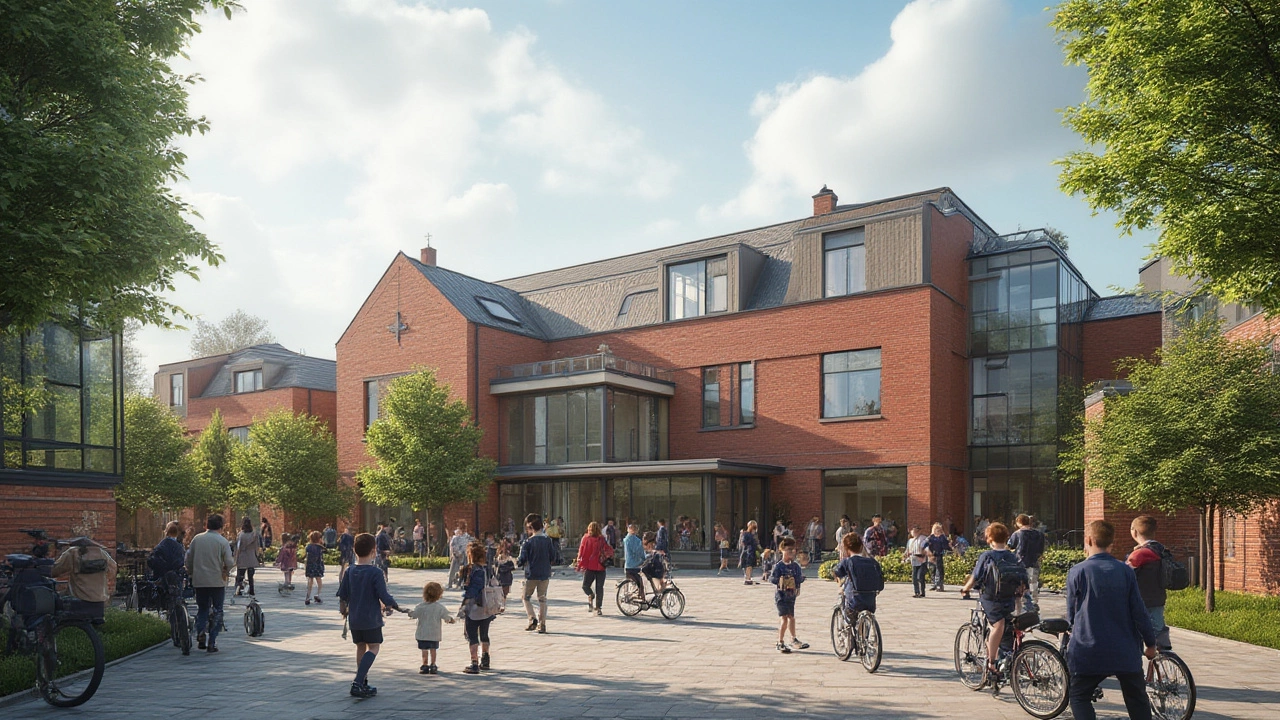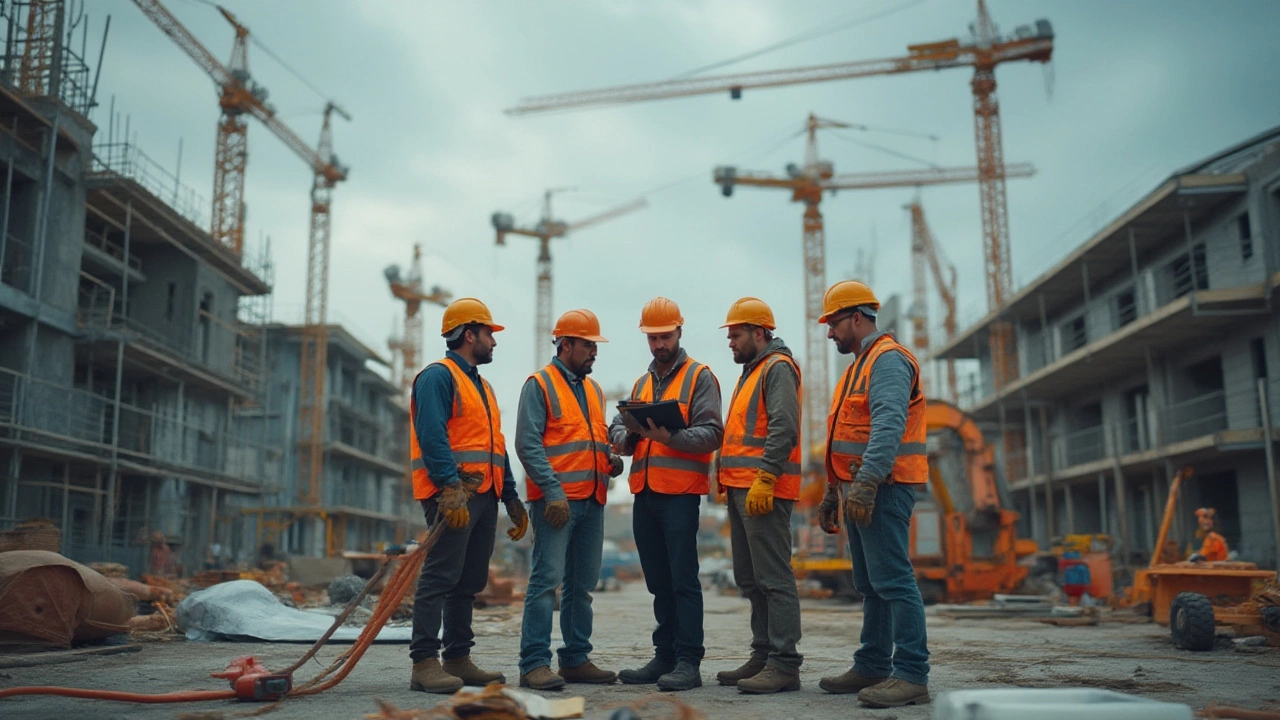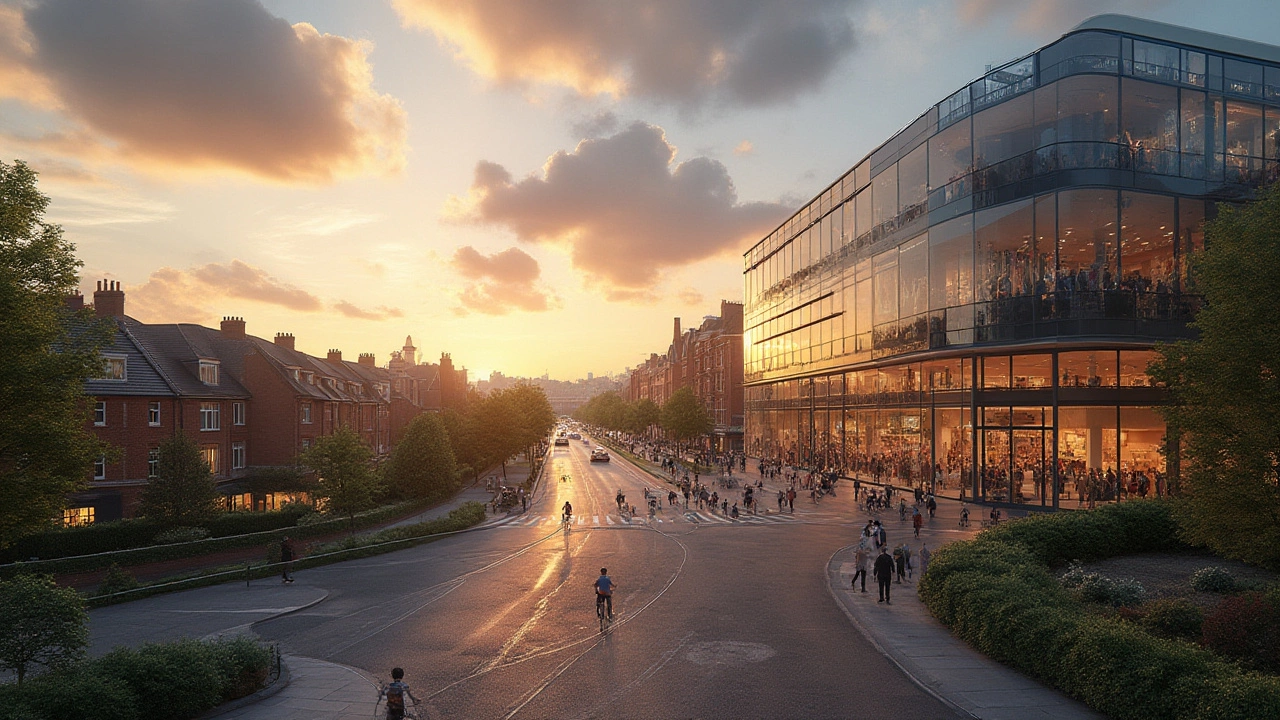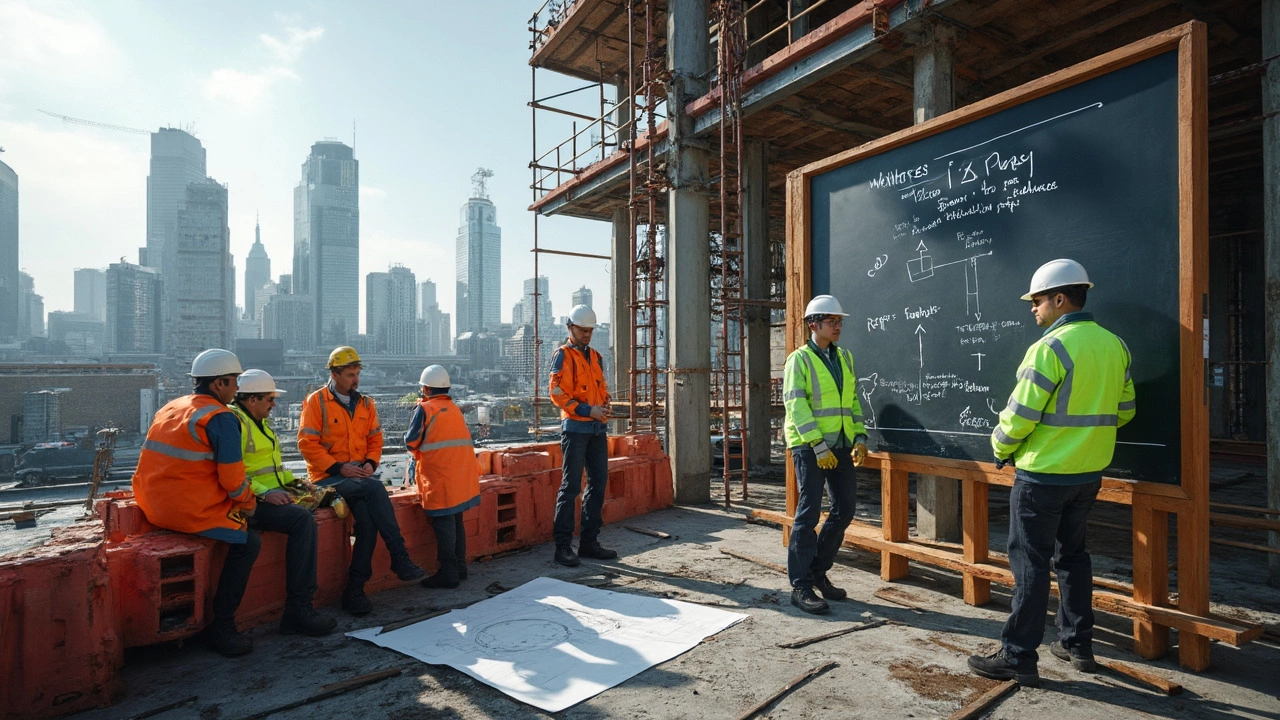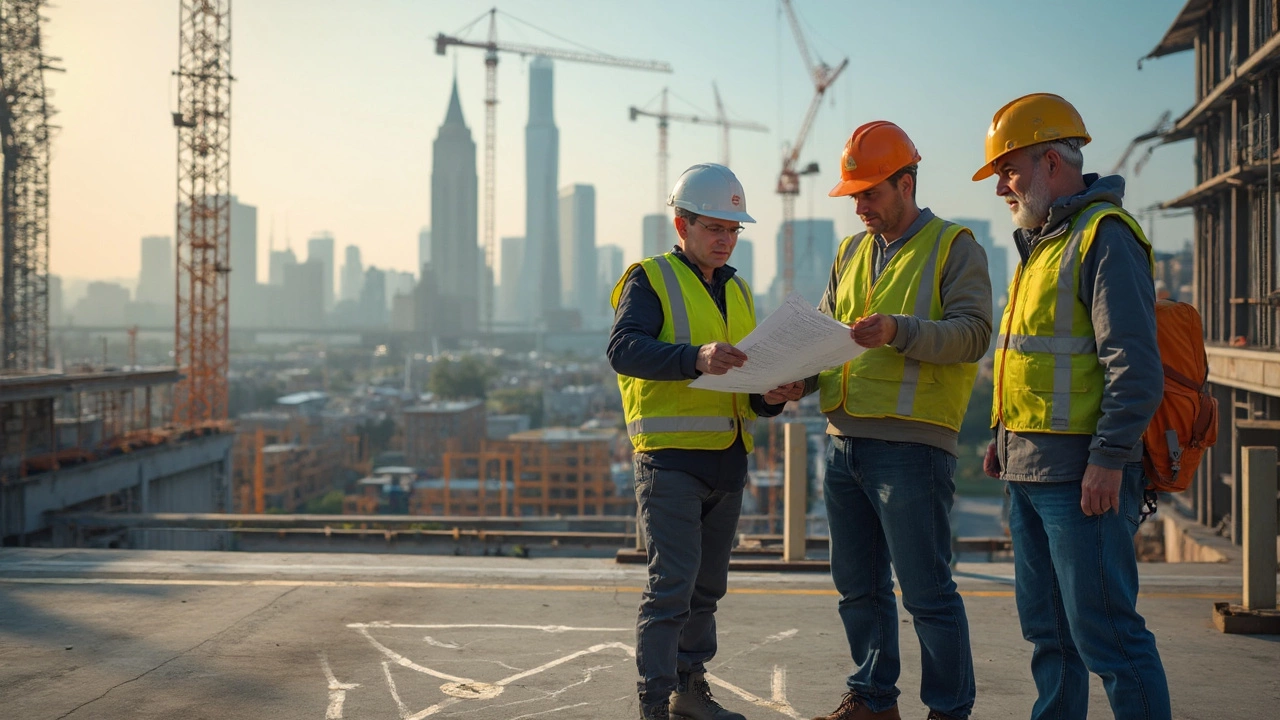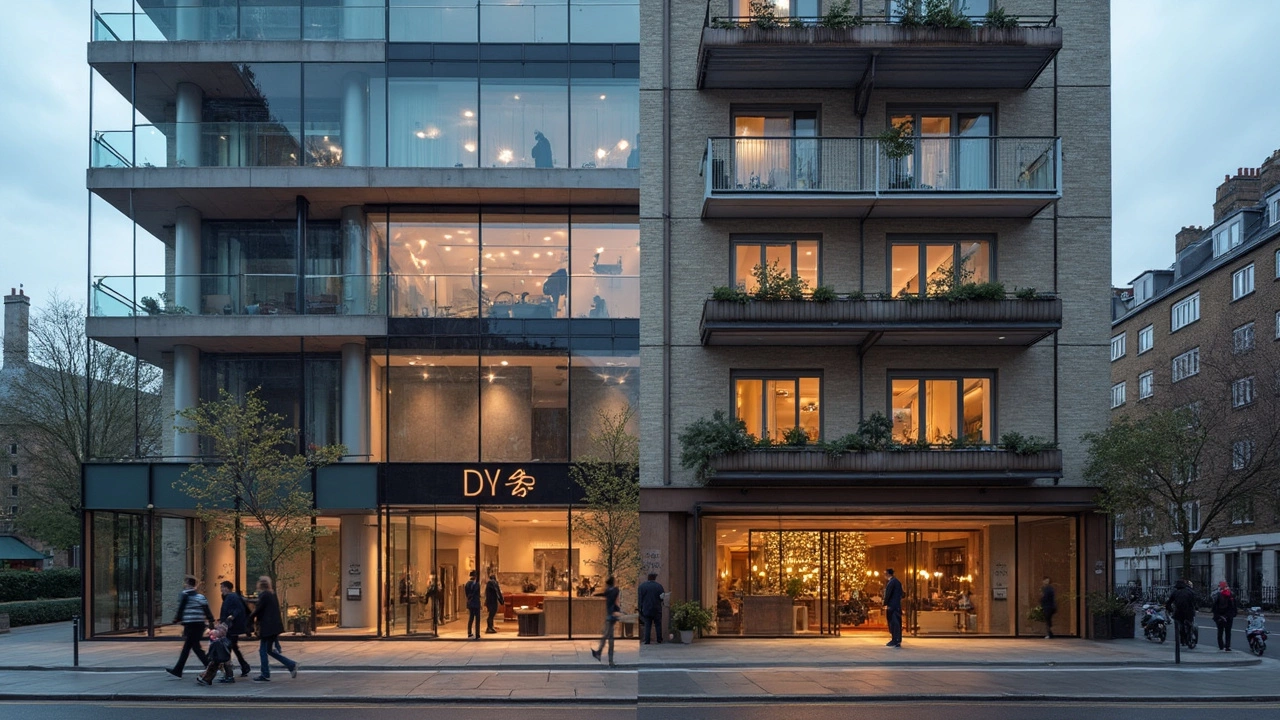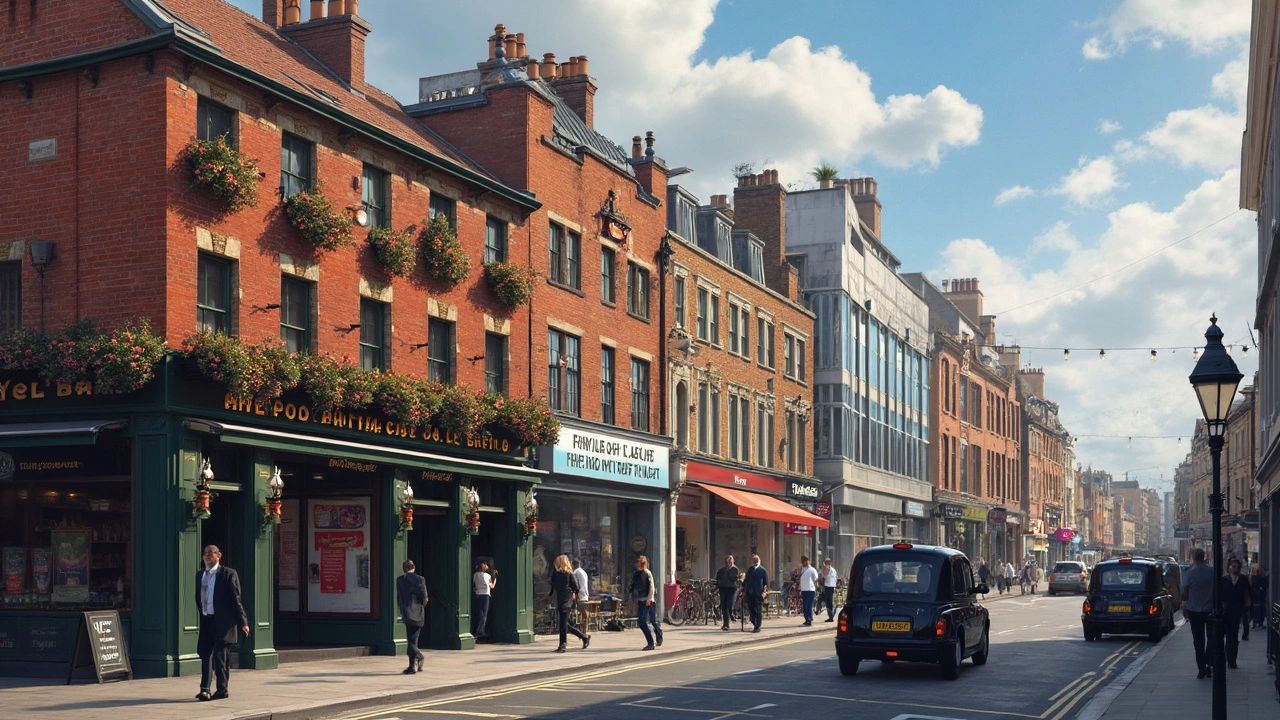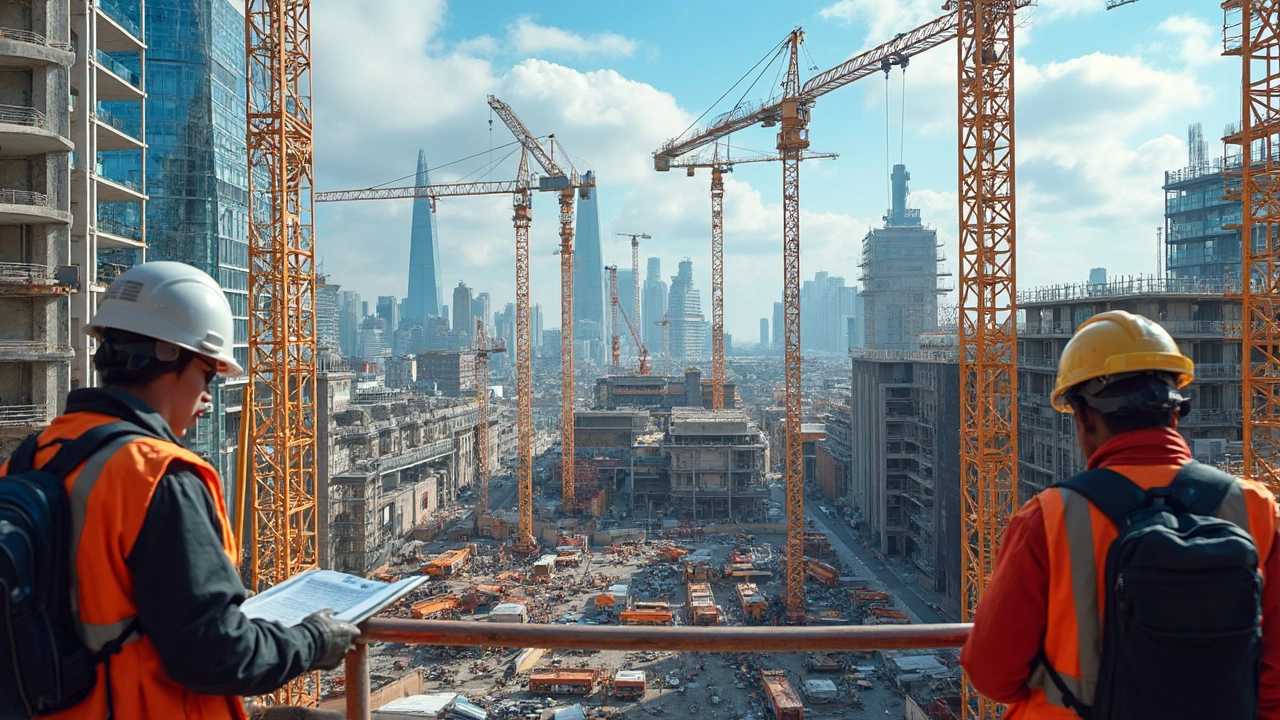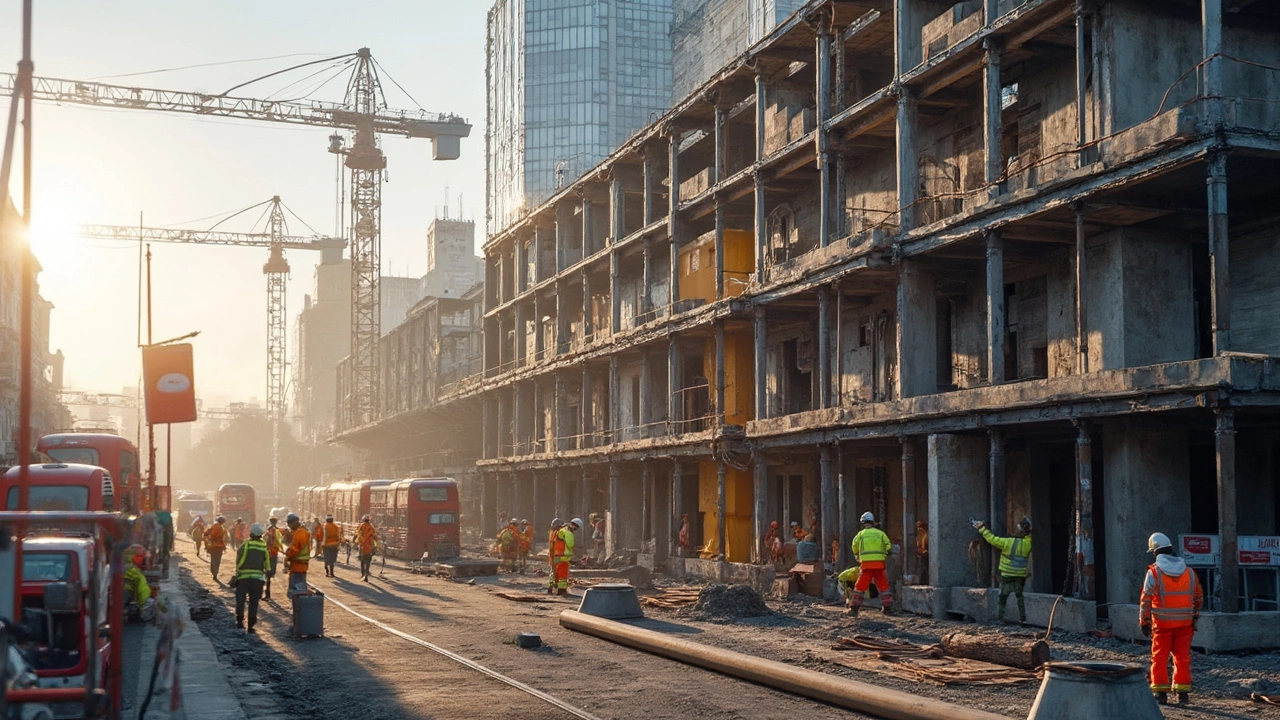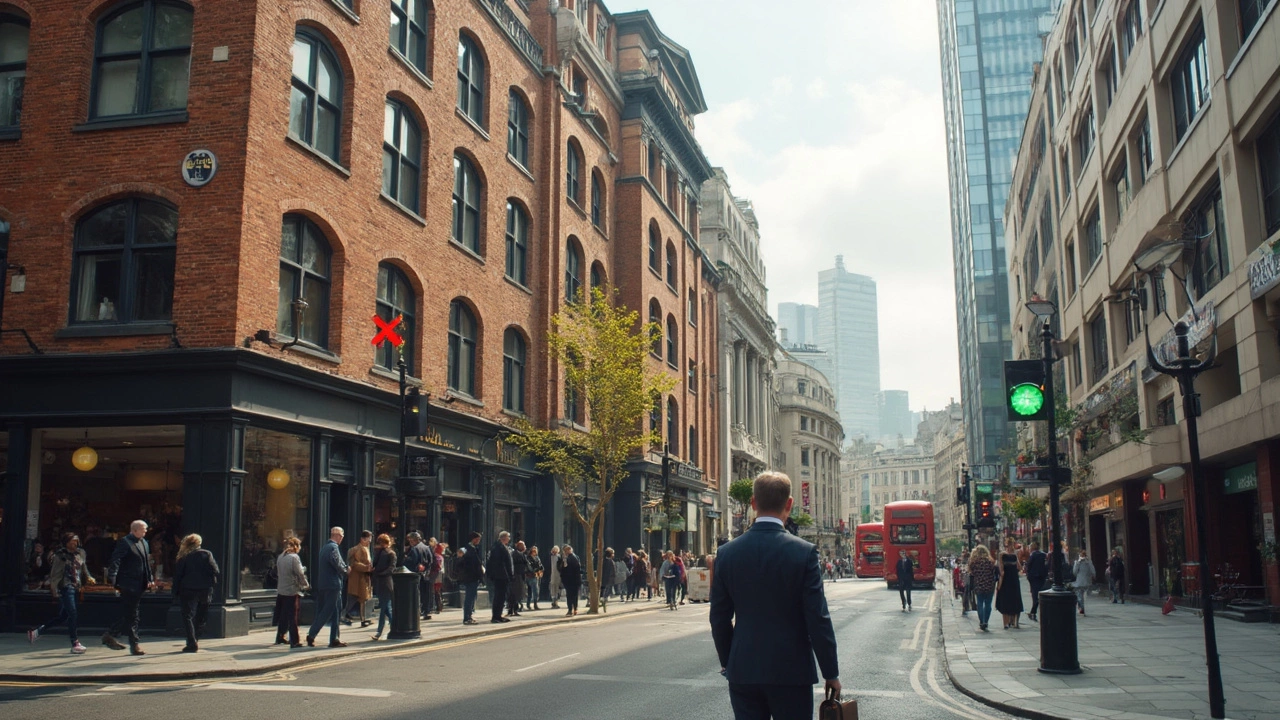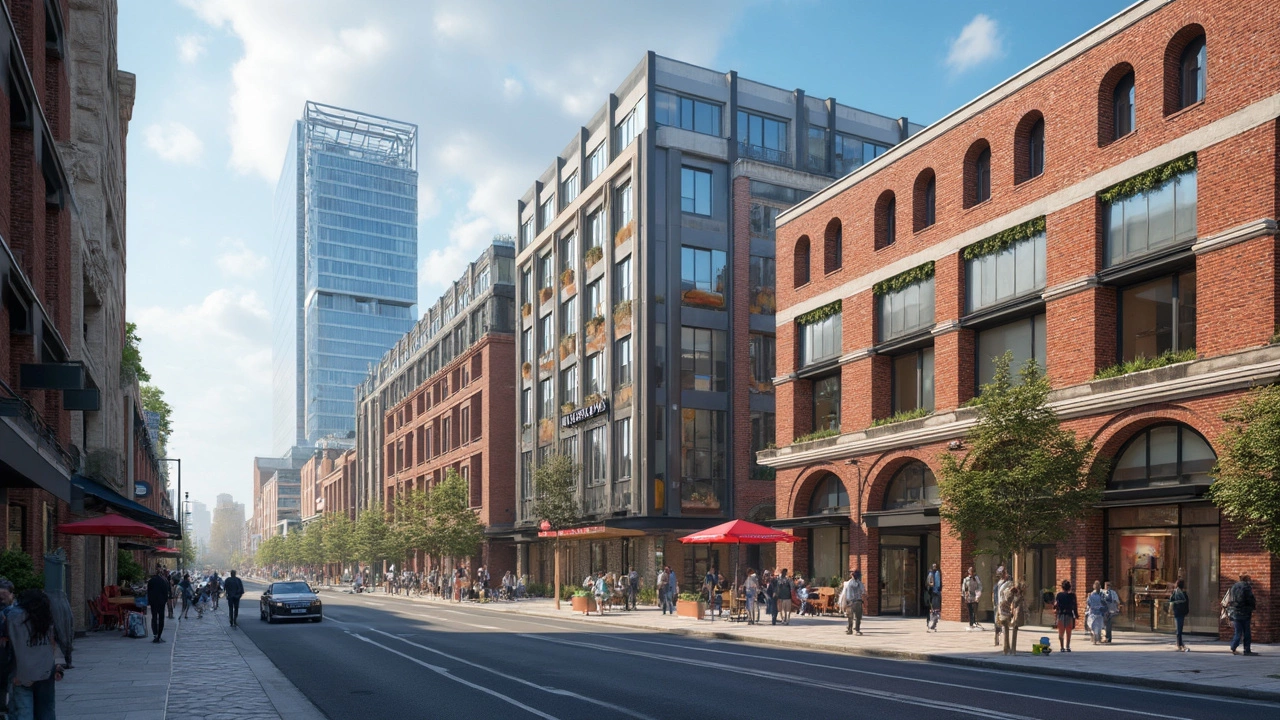Commercial Construction: Practical Tips and Top UK Resources
Ever wonder why some commercial projects finish on time while others keep slipping? The difference often lies in the basics: solid planning, the right materials, and knowing which experts to trust.
First off, make sure your project scope is crystal clear. Sketch out the size, function, and timeline before you talk to contractors. A clear brief saves hours of back‑and‑forth and keeps budgets realistic.
Choosing Materials That Last
When you hear "most durable house materials," think of the same criteria for commercial buildings. Steel frames, high‑grade concrete, and insulated panels give you strength and energy efficiency. The article "Most Durable House Materials" on our site breaks down the options and why they matter for big‑scale builds.
If cost is a concern, the "Cheapest Building Methods" guide shows how modular construction and prefabricated components can cut expenses without sacrificing quality. It’s a solid read for anyone trying to keep the bottom line in check.
Finding Reliable Builders and Trends
Choosing a contractor isn’t just about price. Look for reviews, past project portfolios, and industry reputation. Our "Most Trusted Home Builders in 2024" list highlights firms that consistently deliver on time and budget.
On the global stage, the "Top 10 Construction Companies Globally" article gives insight into the biggest players shaping the industry. Even if you’re working on a local site, learning from the world’s leading firms can inspire better practices.
Regulations matter too. While the tag focuses on commercial work, many of our posts – like the guide on "How Long Does It Take for a New Building to Settle?" – explain settlement timelines that affect both residential and commercial structures.
Don’t overlook risk management. The "Foundation Repair Risks" piece warns about hidden damage that can arise if base work isn’t done right. A solid foundation is the silent hero behind every successful commercial build.
Finally, keep an eye on emerging trends. Sustainable materials, smart building tech, and off‑site construction are reshaping the market. Our blog regularly updates on these topics, so bookmark the tag page for fresh ideas.
Bottom line: clear planning, smart material choices, and trustworthy partners are the pillars of successful commercial construction. Use the resources linked here to stay ahead of challenges and deliver projects that stand the test of time.

